Introduction
As globalization accelerates and digital communication becomes increasingly borderless, the language translation and localization industry play a vital role in connecting cultures, businesses, and ideas. With artificial intelligence, automation, and big data reshaping nearly every industry, translation and localization are evolving faster than ever before. In 2025, technological innovation is not only enhancing accuracy and speed but also revolutionizing how content is adapted for different linguistic and cultural contexts.
This blog explores the top technology trends redefining the translation and localization landscape in 2025 and how businesses and professionals can stay ahead of the curve.
1. AI-Powered Neural Machine Translation (NMT)
Neural Machine Translation (NMT) has emerged as a game-changer, delivering faster and more context-aware translations compared to traditional statistical methods. In 2025, AI-powered NMT engines like DeepL, Google Translate, and Microsoft Translator are increasingly being customized for specific industries, resulting in more accurate terminology and tone.
Advanced NMT models are also capable of learning from user corrections and previous outputs, which leads to continuous improvement over time. These adaptive systems allow companies to scale translation efforts without compromising quality, especially in high-volume use cases such as e-commerce, legal, and technical documentation.
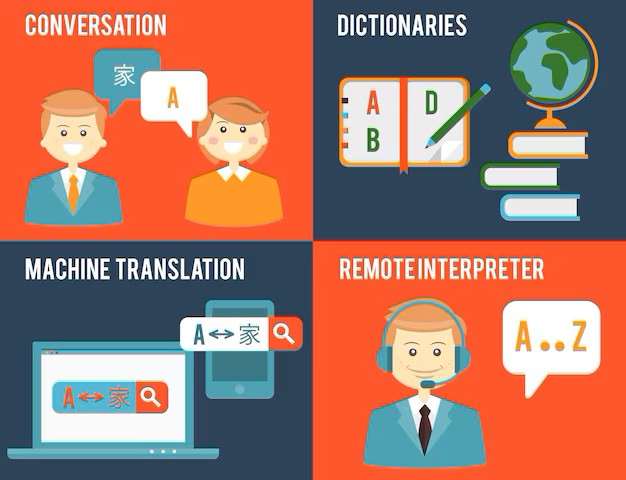
2. Real-Time Speech Translation and Voice AI
With voice becoming a primary interface for communication, real-time speech translation is in high demand across industries—from international conferences and customer support to travel and hospitality. Powered by AI and natural language processing, voice translation tools can now detect speaker tone, dialects, and nuances with impressive accuracy.
Devices and apps like Google Interpreter Mode and Meta’s speech-to-speech translation systems are paving the way for seamless multilingual conversations. In 2025, we expect to see even more wearable and IoT-integrated solutions enabling live speech translation for cross-border collaboration and personal communication.
3. Localization Automation Platforms
Manual localization of content—adapting everything from text to images, UI elements, and cultural nuances—has traditionally been time-consuming. Modern localization automation platforms such as Lokalise, Phrase, and Transifex streamline this process by integrating directly with content management systems and design tools.
These platforms offer automated workflows, translation memory, glossary management, and multi-language version control, reducing turnaround time and improving consistency. For global brands, this means faster time to market and the ability to localize across hundreds of languages and regions with ease.
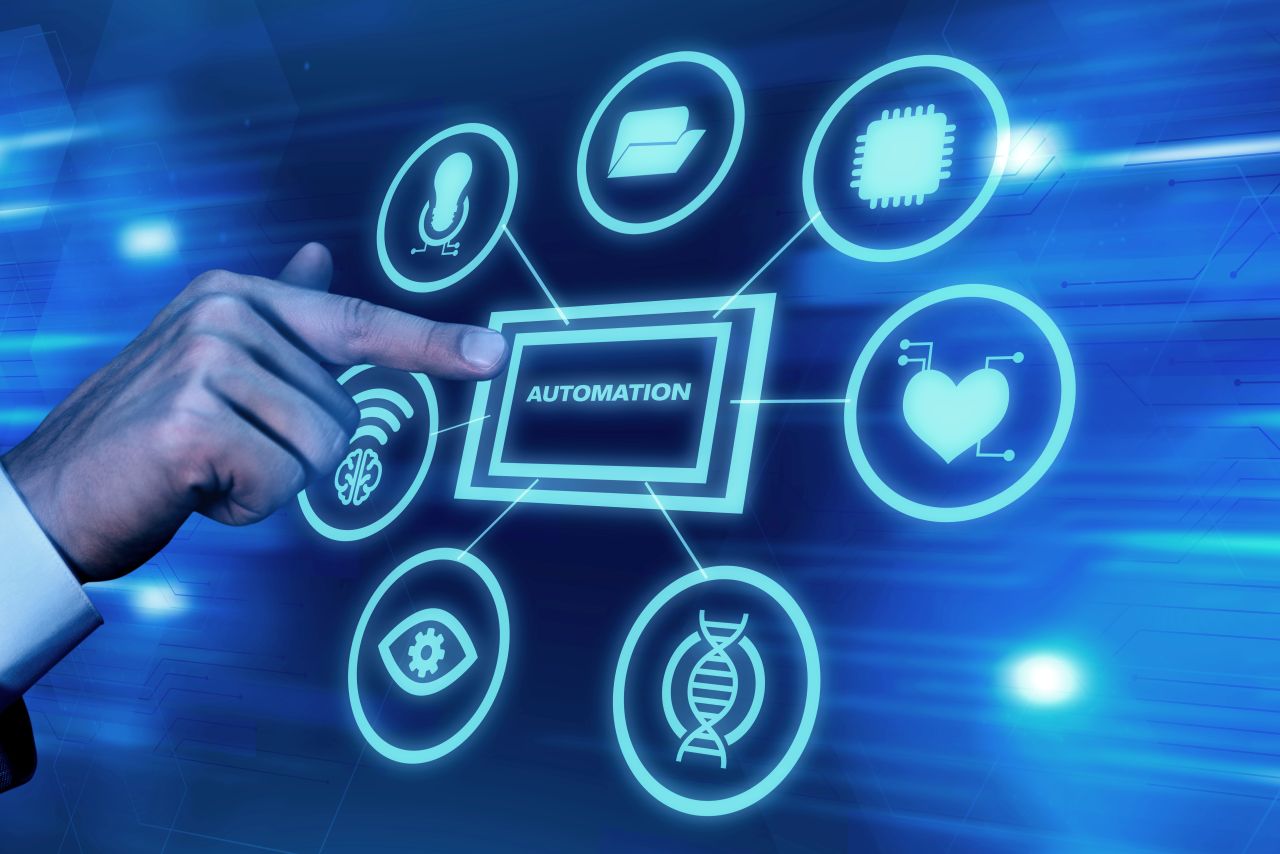
4. Contextual Translation Using AI
Traditional translation methods often struggled with context, leading to awkward or inaccurate results. In 2025, context-aware AI tools leverage deep learning to understand sentence structure, domain-specific terminology, and user intent, improving the natural flow and relevance of translations.
These systems analyse entire paragraphs rather than isolated sentences, enabling smoother and more coherent translations—especially for creative content like marketing, storytelling, or subtitles. This helps companies better maintain brand voice and cultural sensitivity across languages.
5. Integration with Content Management Systems (CMS)
Tight integration between translation systems and CMS platforms like WordPress, Drupal, and Adobe Experience Manager is now essential for enterprises managing multilingual websites. Through plugins and APIs, businesses can automate content extraction, translation, and publishing within a single platform.
This seamless workflow reduces manual handling and minimizes human error, while ensuring updates across different language versions remain synchronized. It allows businesses to operate leaner while still delivering localized experiences at scale.
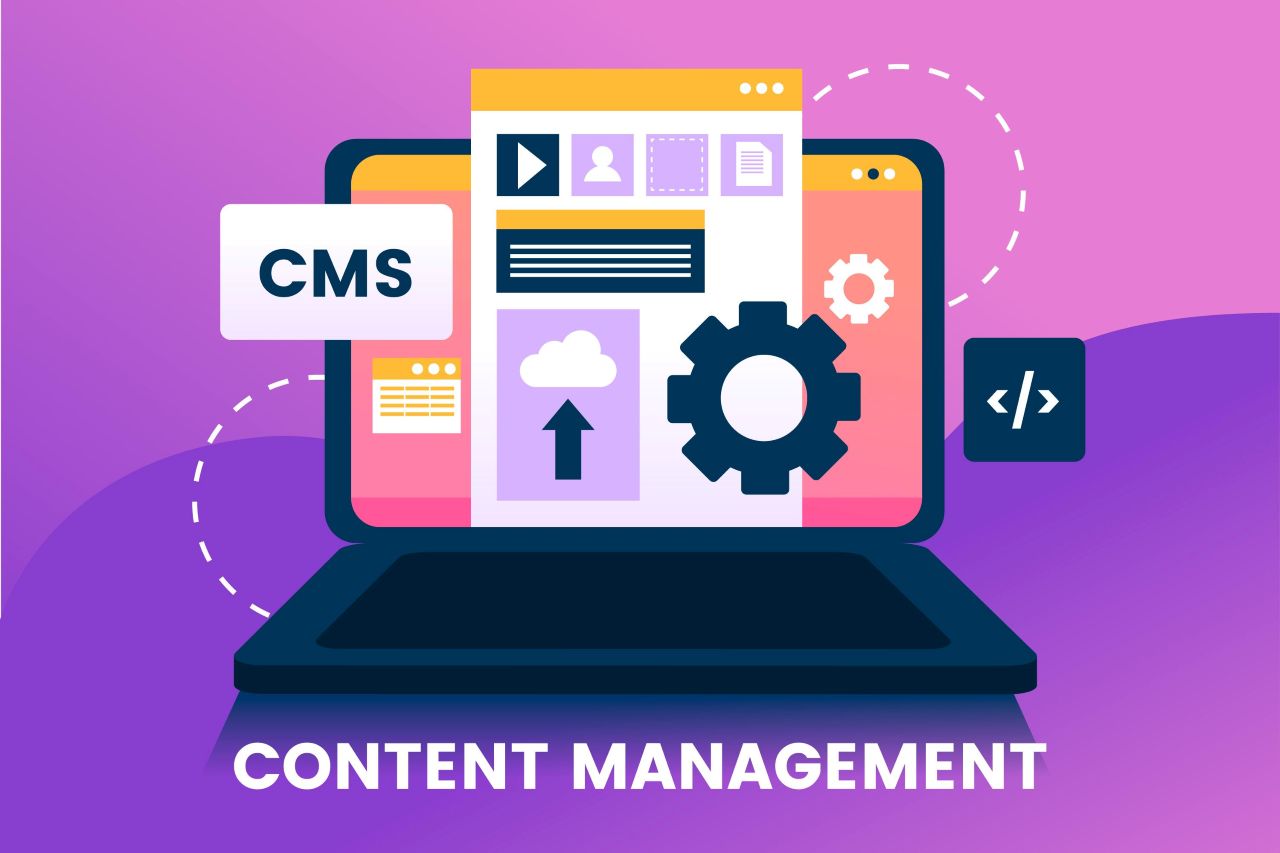
6. Adaptive Translation Memory and Glossary Tools
Translation Memory (TM) has long been a staple in the industry, but in 2025, it has become significantly smarter. Adaptive TM tools now learn and evolve from each translation project, refining terminology and phrase consistency for different regions or audiences.
Modern glossary management tools also support AI-assisted validation, helping linguists maintain tone, legal compliance, and industry jargon. This results in faster translations, reduced redundancy, and enhanced brand coherence across languages.
7. Multimodal Translation (Text, Image, Audio, Video)
The demand for multimedia content localization is soaring, especially in e-learning, entertainment, marketing, and gaming. In 2025, multimodal AI models can translate text embedded in images, transcribe and subtitle videos, and even provide real-time dubbing for voiceovers.
These capabilities allow brands to reach global audiences in their native languages across diverse media formats. Tools like Papercup, Synthesia, and CaptionHub are being widely adopted for video localization, making international content more accessible and engaging.
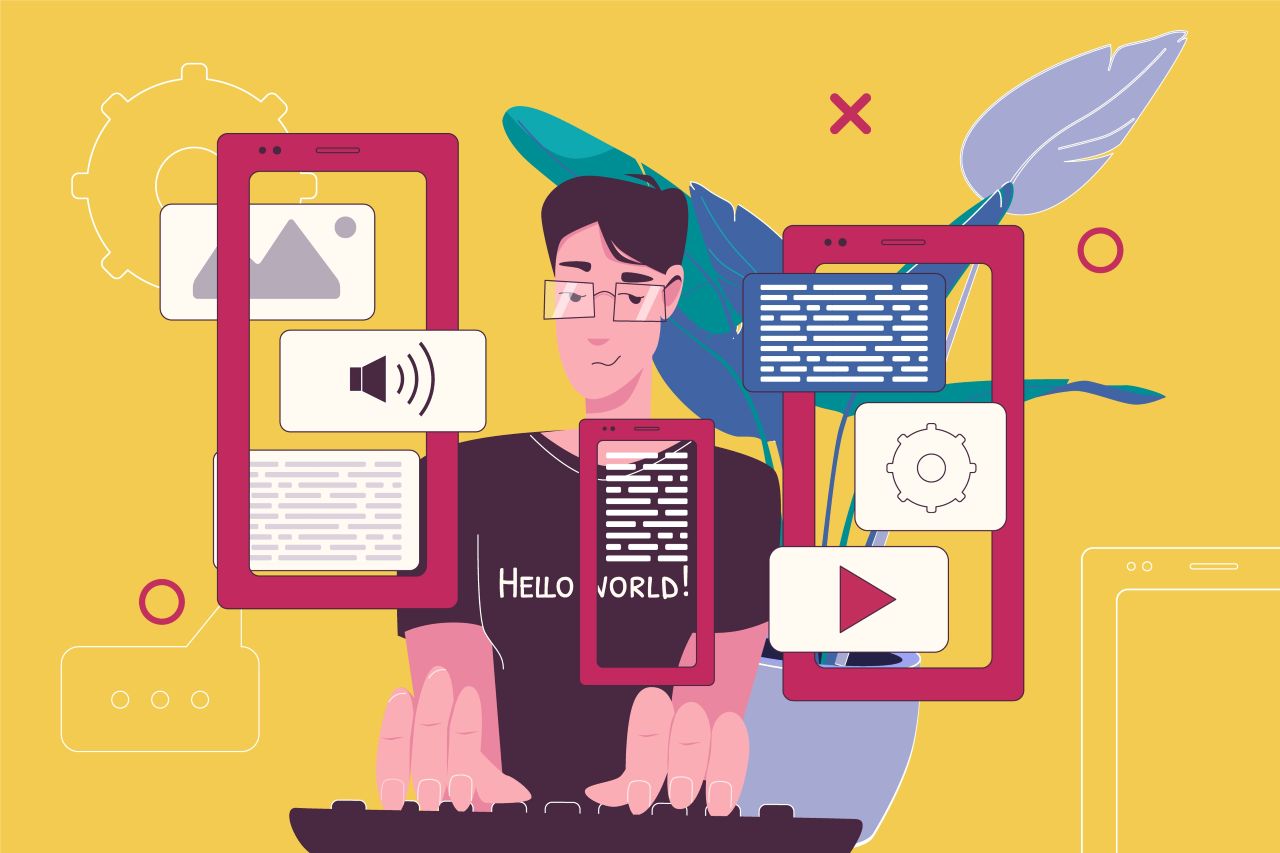
8. Blockchain for Secure Translation Workflows
Data security and integrity are critical in industries like legal, finance, and healthcare. Blockchain technology is now being explored for creating secure, tamper-proof translation workflows. By recording every stage of the translation process on a blockchain ledger, companies can ensure transparency and traceability.
This is particularly valuable when dealing with sensitive or regulated content, offering audit trails and compliance verification. Blockchain-enabled platforms may soon become the standard for high-stakes translation tasks requiring both precision and accountability.
9. AI-Driven Quality Assurance (QA) and Post-Editing
AI is also transforming how translations are reviewed and refined. Intelligent QA systems now use algorithms to detect grammar, formatting, semantic errors, and style inconsistencies. These tools can automatically flag problematic areas and suggest corrections, reducing the burden on human reviewers.
AI-powered post-editing is especially useful in high-volume projects, where speed is crucial. Instead of starting from scratch, human translators work alongside machine-generated drafts, improving both efficiency and final quality.
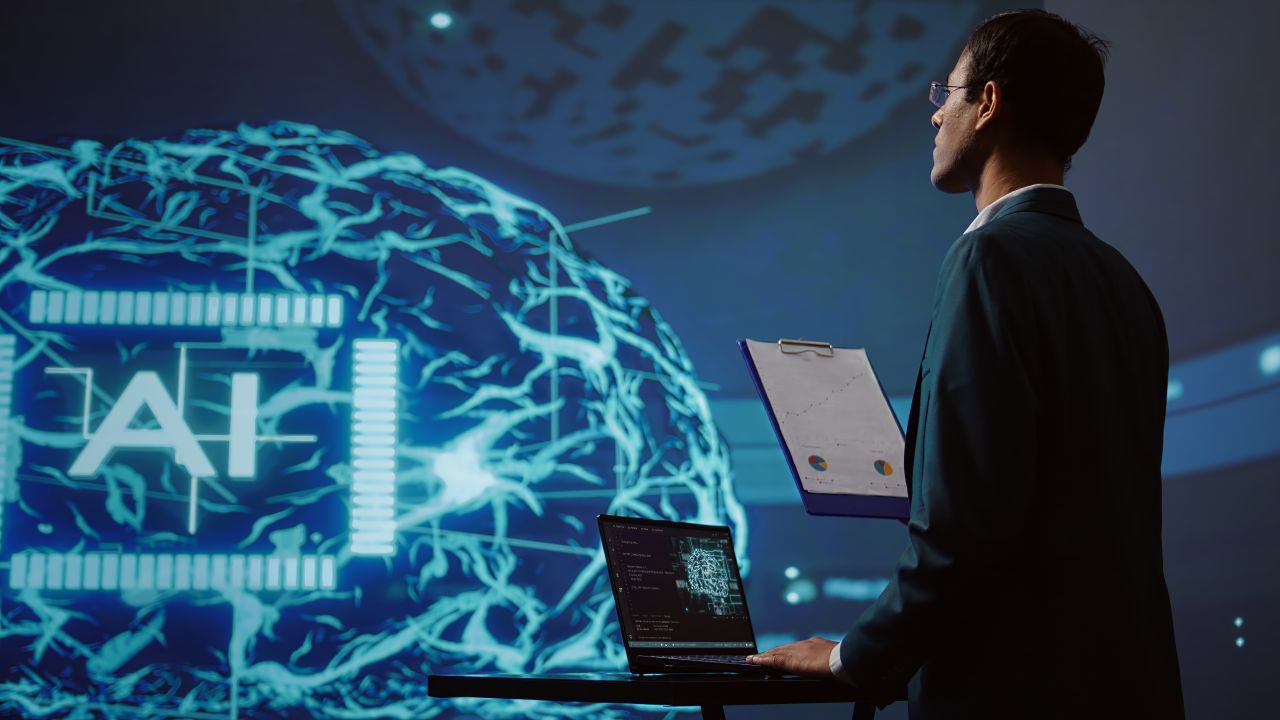
10. Emotion and Sentiment-Aware Translation
As companies strive for more personalized communication, emotion-aware translation systems are gaining traction. These tools use sentiment analysis to preserve the emotional tone of the original message—whether it’s excitement, humour, urgency, or empathy.
This is particularly important in customer-facing content, advertising, or storytelling, where tone can significantly impact user engagement. Emotion-aware AI ensures that messages don’t just translate linguistically but also resonate emotionally with local audiences.
Conclusion: Bridging the World with Intelligent Language Solutions
The translation and localization industry are at the cusp of a technological renaissance. With AI, automation, and multimodal capabilities driving innovation, the way we bridge linguistic and cultural gaps is becoming faster, smarter, and more human-like. For businesses, adopting these technologies means more than just saving time—it’s about creating meaningful, local experiences for global audiences.
As we move through 2025, the companies and professionals that stay ahead of these trends will be better positioned to thrive in a multilingual, digital-first world. The future of translation is not just about words—it’s about understanding, empathy, and seamless global connection.
